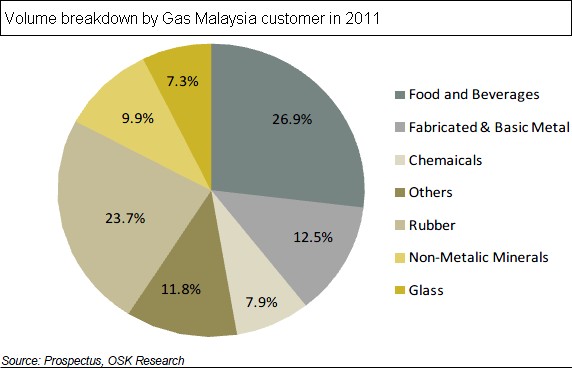After the spectacular performance of AmDynamic Bond fund, AmInvestment Services Bhd would like to replicate the success of the conventional fund into this newly launched shariah compliant fund.
The Fund aims to provide capital appreciation by investing primarily in Sukuk both locally and globally. To achieve the investment objective, the Fund will undertake active management to enhance and optimize returns from investing in sovereign, quasi-sovereign and corporate Sukuks. The sectorial weightings maybe adjusted to maximize the performance. There is no minimum rating for a Sukuk purchased or held by the Fund.
More about the Fund
Value-add of the Fund is derived from active tactical duration management, yield curve positioning and credit spread arbitrage. Credit spread arbitrage and yield curve positioning is part of relative value approach that involves analysis of general economic and market conditions and the use of models to analyze and compare expected returns as well as the assumed risks. The Investment Manager will focus on Sukuk that would deliver favourable return in light of the calculated risks.
In addition, the Investment Manager may also consider Sukuk with favourable or improving credit outlook that provide the potential for capital appreciation for these investments. The Fund may invest in Sukuk of varying maturities. The Fund’s investment maturity profile is subject to active tactical duration management in view of the interest rate scenario without any portfolio maturity limitation.
The Fund invests globally, including but not limited to Malaysia, Singapore, Indonesia, United Arab Emirates, Saudi Arabia, Bahrain, United Kingdom, Luxembourg, Jersey, Bermuda, Brunei, China, Australia, New Zealand, Japan, Hong Kong, United States of America and Germany. Notwithstanding the above, investments in foreign markets are limited to markets where the regulatory authority is a member of the International Organization of Securities Commission (IOSCO).
AmDynamic Sukuk is suitable for investors who:
- want steady growth in value by investing in Sukuk as an asset class;
- have Medium to Long Term investment goals; and
- are willing to assume additional interest rate risk, duration risk and liquidity risk associated with investing in Sukuks with longer duration and lower credit ratings.
Source: Fund's prospectus































